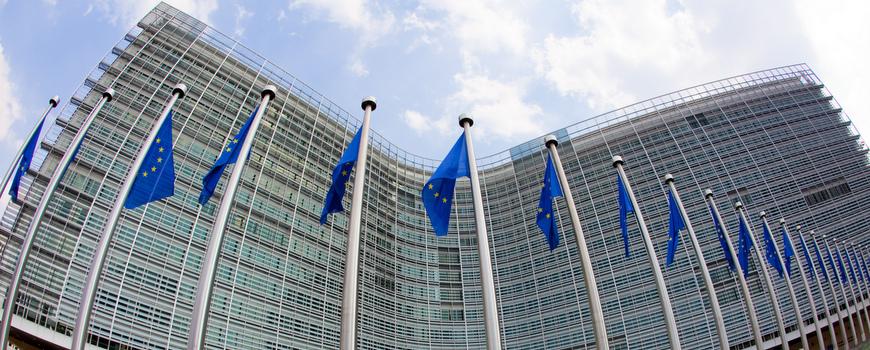
- Integrated pollution prevention and control (IPPC)
- Limitations on VOC emissions from use of organic solvents (solvents directive)
- Emissions from large combustion plants (≥50 MWth)
- Waste incineration and waste co-incineration plants
- Waste from the titanium dioxide industry
Scope
The range of industrial activities requiring environmental permits has been expanded slightly in the new directive but the descriptions and thresholds for the vast majority of licensable activities are unchanged. However, waste management activities that are subject to permitting are now set out in much more detail.
Role of competent authority
The role of the competent authority (the EPA in Ireland) in licensing and enforcement is set out in more detail in the new directive. One of new requirements is that within 4 years of the publication of decisions on best available technique (BAT) conclusions relating to a particular activity, the competent authority must ensure that all the permit conditions for the installations concerned are reconsidered and, if necessary, updated. This could lead to an increased frequency of licence reviews.
There is an increased emphasis on the protection of soil and groundwater, and on the requirements on licensed operators to protect and remediate soil and groundwater at the time of site closure.
Emission limit values
The new directive incorporates the emission limit values that apply to the full range of activities covered by the solvents directive (and, in Ireland, by the solvent regulations, SI 543 of 2002). There are no changes to the emission limit values for individual activities but there are changes to the classification of solvents that are subject to restrictions on their use. This change is to align the directive with the change from the EU system of classifying dangerous substances to the globally harmonised system (GHS). This harmonised system replaces the existing risk phrases with hazard statements.
The new directive contains special provisions for large combustion plants with a total rated thermal input of ≥50 MW, irrespective of the type of fuel used. Most of the emission limit values are the same as those in the exiting Directive 2001/80/EC, but there are changes to the values for SO2, NOX and dust, with reduced values coming into force for new plants from January 2013. There is also the option for Member States to apply minimum rates of desulphurisation in special circumstances, and the Commission will, by the end of 2019, review the possibility of applying minimum rates of desulphurisation, taking into account BAT and the benefits obtained from reduced SO2.
The main elements of the 2000 directive on the incineration of waste (2000/76/EC) are brought into the new directive. One of the main changes is a reduction of the emission limit values for SO2 and NOX for combustion plants co-incinerating waste in the range 100 to 300 MWth.
Timeline for implementation
Most of the provisions of the new directive are to be brought into force by Member States by January 2013, with the remaining provisions to be enforced by January 2016.
